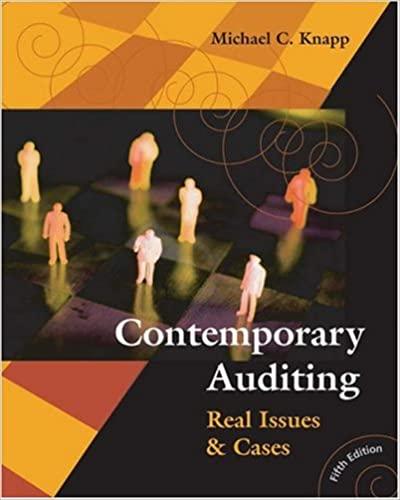Question
i. Suppose the historical standard deviation of a stock index has been 0.6% per day, and an investor has a $10,000 investment in the index.
i. Suppose the historical standard deviation of a stock index has been 0.6% per day, and an investor has a $10,000 investment in the index. Calculate the 1-day, 5% VaR in dollars.
ii. Provide two kinds of interpretation to the result in part i.
iii. Suppose you invested $15,000 in the stock of LSG company in early 2020. You have compiled the monthly returns on this stock during the period of 2015-2019, as given below. Using the historical method, calculate the 1% monthly VaR in dollars.
| 2015 | 2016 | 2017 | 2018 | 2019 |
| -0.0214 | -0.0347 | -0.1824 | -0.0723 | -0.1017 |
| -0.0106 | -0.0566 | -0.0070 | -0.1021 | 0.0264 |
| 0.0262 | 0.0158 | 0.0010 | 0.1114 | 0.1344 |
| -0.1196 | 0.0862 | -0.0648 | 0.2257 | 0.0786 |
| -0.0313 | 0.0675 | 0.2378 | -0.0043 | -0.1772 |
| -0.0362 | 0.0609 | -0.0512 | 0.1867 | -0.0953 |
| -0.1137 | -0.0203 | 0.1229 | -0.0255 | 0.0978 |
| 0.0401 | 0.0100 | -0.1156 | 0.1831 | -0.1110 |
| 0.0129 | -0.0230 | -0.2416 | -0.0360 | 0.1020 |
| 0.0652 | 0.1087 | -0.2591 | -0.0531 | 0.1099 |
| 0.1196 | -0.1980 | -0.0844 | -0.0228 | -0.0816 |
| -0.0789 | -0.0012 | -0.0833 | 0.0170 | 0.0250 |
iv. List and describe three general limitations of VaR.
v. Because VaR has certain limitations, managers will often backtest their VaR models. In addition, there are measures that can be used as supplements to the regular VaR measure (i.e., supplement the information provided by VaR). List and describe three complementary measures that can be used as supplements to VaR.
Step by Step Solution
There are 3 Steps involved in it
Step: 1

Get Instant Access to Expert-Tailored Solutions
See step-by-step solutions with expert insights and AI powered tools for academic success
Step: 2

Step: 3

Ace Your Homework with AI
Get the answers you need in no time with our AI-driven, step-by-step assistance
Get Started


